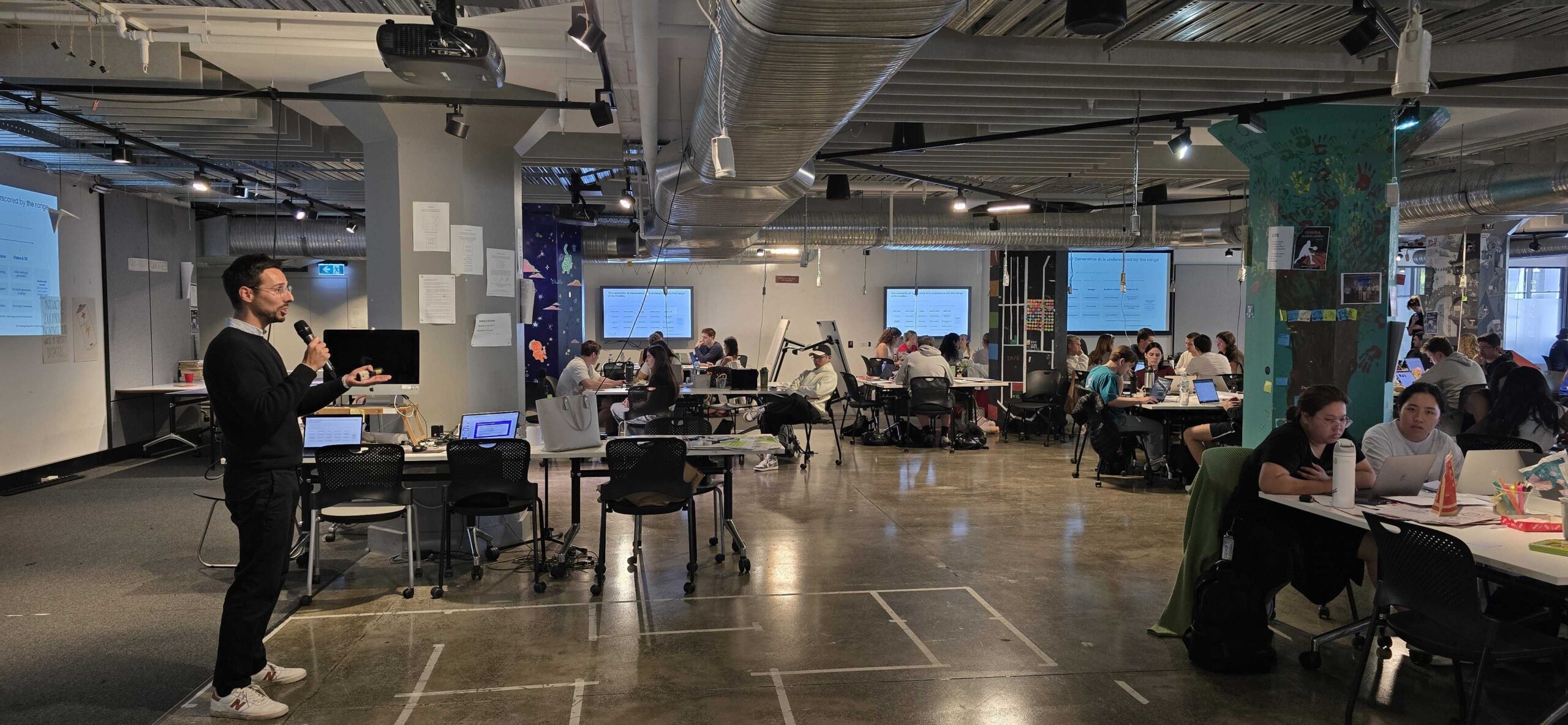2016 will be an exciting year when innovation agendas turn from dabbling experimentation and feel-good marketing into core, strategic endeavours with tangible and lasting effects on the bottom line. As you scope out your innovation programme, we urge you to get serious about it and the impact you want it to deliver.
At The Strategy Group, we believe now is the right time for you to deploy Design Thinking and Lean Startup for genuine business outcomes. Right now you must allocate resources for the year ahead on projects to transform your innovation programme into a core part of the organisation as much as marketing, finance or customer relationship management.
To help you kickstart and reinvigorate your innovation agenda, we etched out these five pointers for you to pursue this year.
- Boldly take your seat with other decision-makers – As the one who spurs innovation, you need the ear of the CEO and support of the C-suite to drive creative ideas. For inspiration, look to how IT managers became Chief Information and Technology Officers or how marketing directors have reminted as Chief Marketing Officers. Make bold moves, be daring, back yourself and, like Sanofi Innovation Director Tal Rapke, you will draw attention and gain support for your initiatives – or direct them as the newly anointed Chief Innovation Officer.
- Get board-approval for your innovation strategy – Your innovation programme may previously have operated as an experiment with low expectations for tangible deliverables. An inked innovation strategy document that dovetails with traditional corporate strategy helps to legitimise your programme’s value against the core business. Such formalised documents help arguments for future funding and hold decision-makers’ attention. Consider areas such as: new markets to explore; innovation approaches to crack those markets; and resource allocation, including your people. Contact The Strategy Group for assistance in drafting your innovation strategy.
- Permit everyone to be a ‘designer’ – The title intimidates and, in many organisations, design is something that happens “over there”. But Design Thinking is simply a better way to solve complex problems and create desirable customer solutions. To get more people in its organisation to adopt the approach, IBM simplified it to a ‘Loop’ model (it looks like the infinity symbol ∞): Observe customers and ask for their feedback, Reflect on what is happening and synthesise a plan to move forward, Make a solution or prototype to test with customers. Repeat. The expectation is that by reducing the process to these simple steps, everyone from the intern to the CEO will be able to apply it in their everyday lives.
- Practice Lean Startup principles everyday – Maybe you look at your team and see bloated processes and waste weighing them down, when they could do more impactful customer activities instead. US giant, GE confronts this realisation by asking employees to think and act like a start-up every day. For instance, if there was only enough cash for the next two weeks, would you write that 50-page PowerPoint for a manager or would you see a customer? Applying urgency and frugality to each activity develops a sharp sense of what creates a tangible business benefit. Spend this year doing what counts, stop doing business with yourself and show staff where to cut bureaucratic activities so they can make an impact in everything they do.
- Talk less, act more – If you spent the past year developing capability, attending seminars and wrapping your head around innovation principles, now is the time to deliver. Liberate the training budget for a project that delivers a noticeable business benefit. Experimentation and learning won’t stop but you’ll apply the lessons in the real world. Look for project ideas that emerged while experimenting in the business, where there were seemingly intractable problems aligned with your strategic priorities.
2016 is the year getting for traction in innovation programmes. You were watching, listening and learning up to now and that’s great but it’s time to put that innovation theory into action – your customers demand it.
And know that your competitors, many of which you may not even know exist, are also rapidly innovating.
The clock is ticking, there’s no time to waste. Get out and innovate.
Or, download our free Design Thinking tool and your leader’s guide to building a culture of innovation and creativity.












